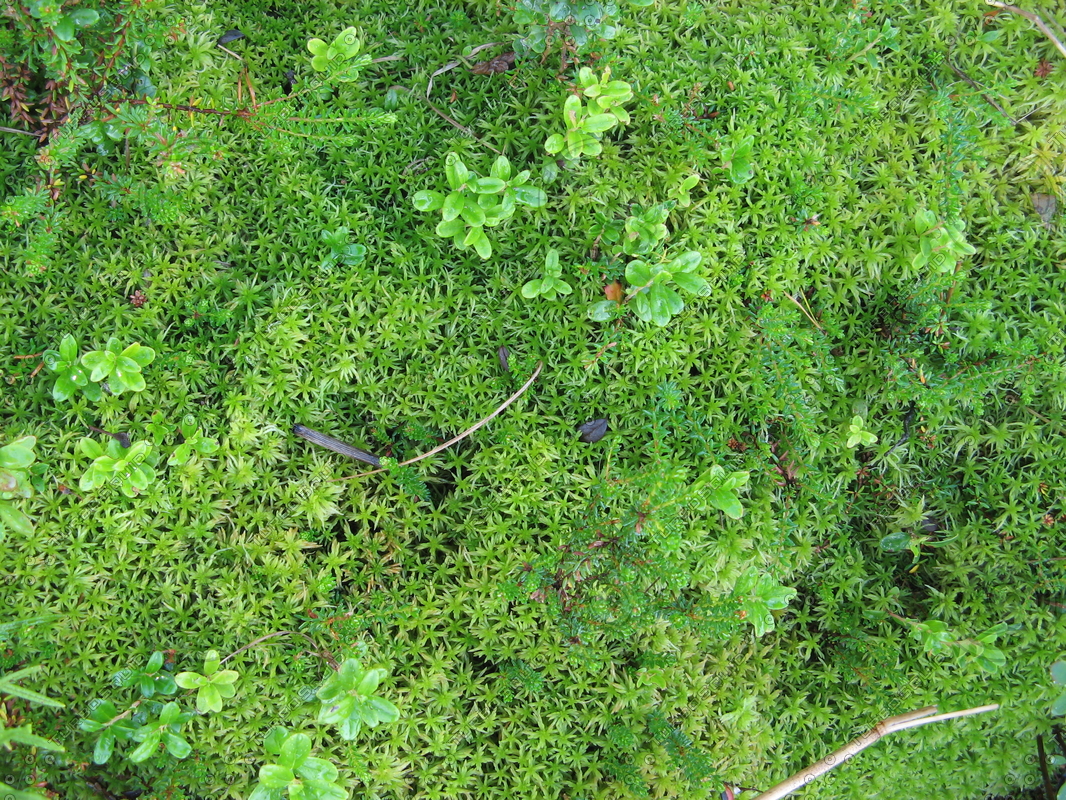

#Mossy key grounded how to
So keep scrolling to see how to grow your marvellous moss garden.īesides creating a fairy-like ambience in forests and gardens, moss growth can also benefit your garden in so many ways! For one, maintaining moss is inexpensive. This means it can be easily damaged if disturbed or walked upon. The upright version, in contrast, is a drier type of moss. Plus, its moss structure means its easy to walk on without harming the plant. It also does a perfect job at erosion control. Pterocarpus moss grows flat on many grounds, and it grows faster. Now that you know what moss is, your next step is to know what type of moss you think will suit your garden setting. As they grow in wet conditions, they require water to reproduce. With this, mosses are often established on driveways, sidewalks, brick walls, and more. They’ve also become common in rural areas with moist climates. Mosses are everywhere, mainly in wet environments such as rain forests, wetlands, and alpine ecosystems. This information is something you need to keep in mind when growing moss in your garden from scratch. Mosses come in green shades and often look and feel soft and bouncy. Plus, they prefer deep shade, moisture, and acidic soil. This type of plant also grows in temperate zones throughout the world. It sprouts independently on pavements with low foot traffic and you’ll even get moss on lawns. Moreover, moss is a naturally occurring plant. Nowadays, they make the perfect garden addition.

Trivia: mosses are among the earliest plants to adapt to dry land, having evolved from algae.

They can be found throughout the world in diverse habitats. They may be small, but mosses are one of the largest groups of land plants. The word bryophyte comes from the Greek words: They belong to a diverse group of organisms called Bryophytes. Let’s begin with the question: what is moss?


 0 kommentar(er)
0 kommentar(er)
